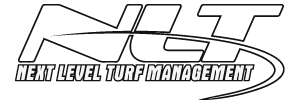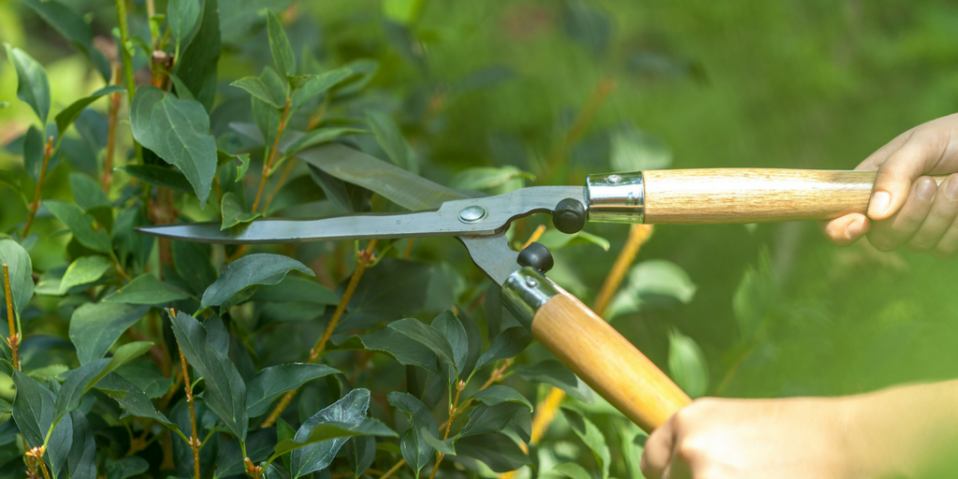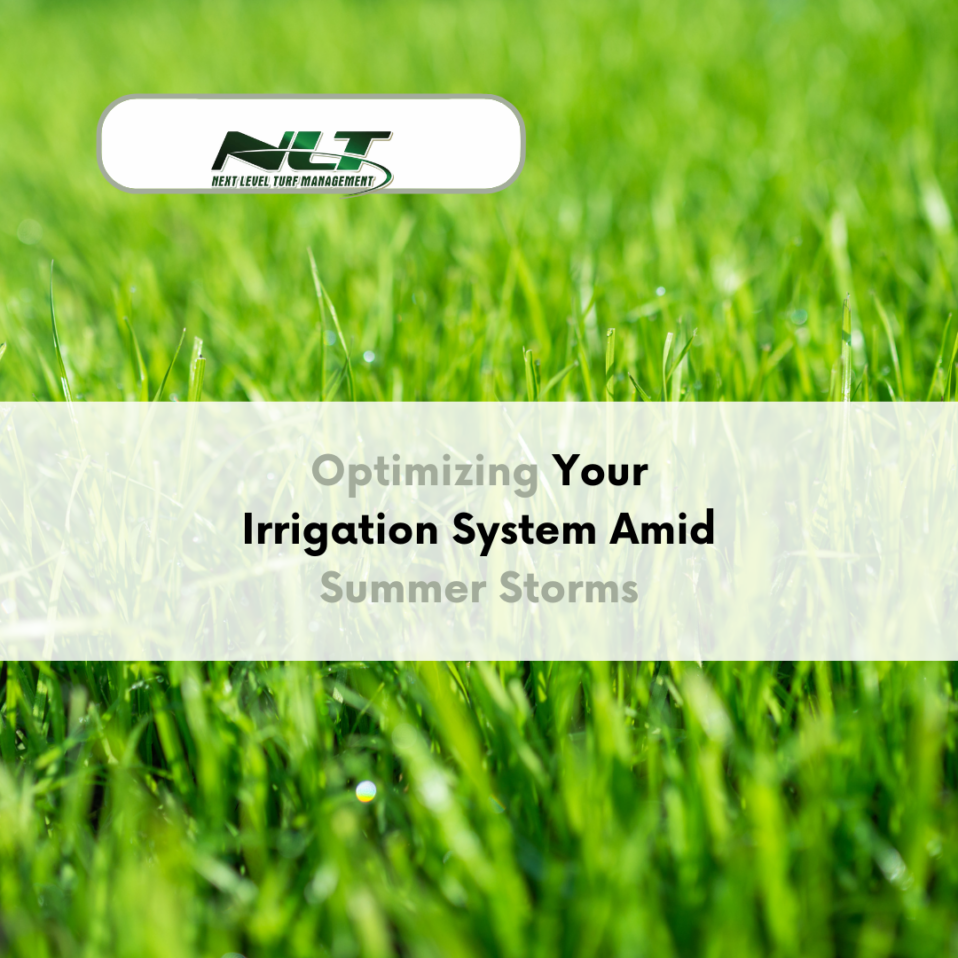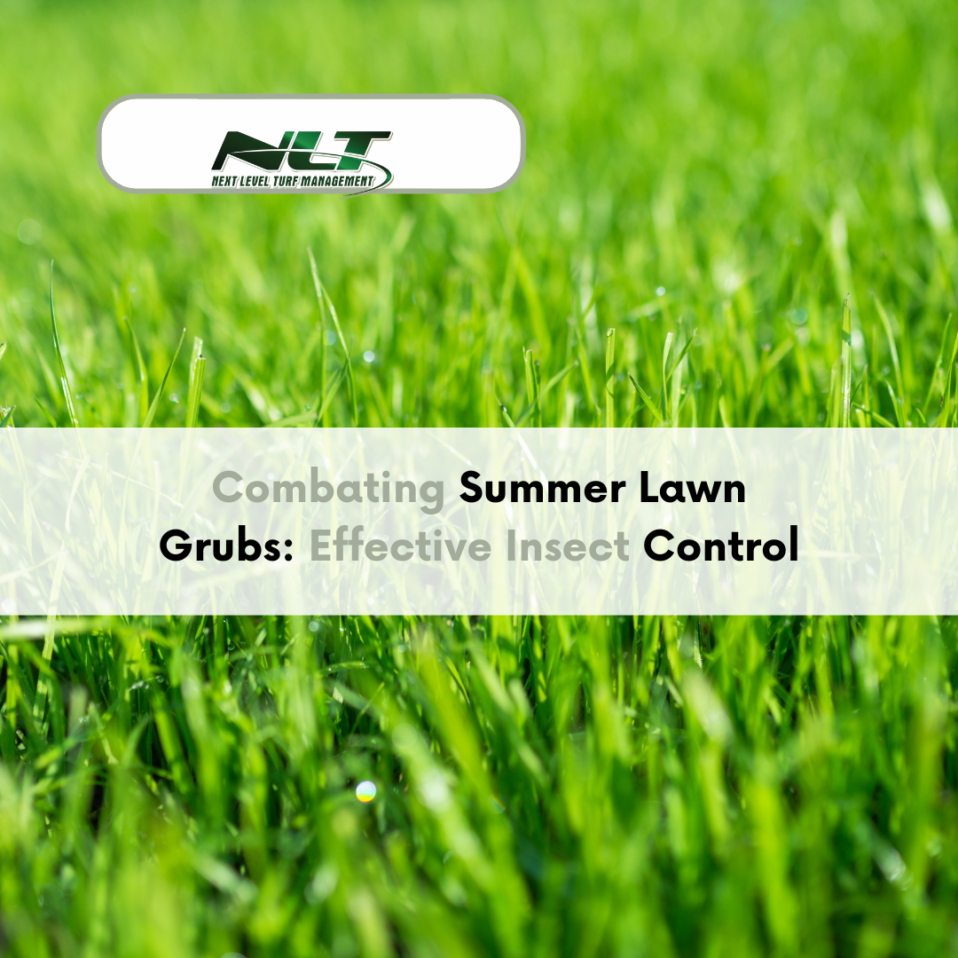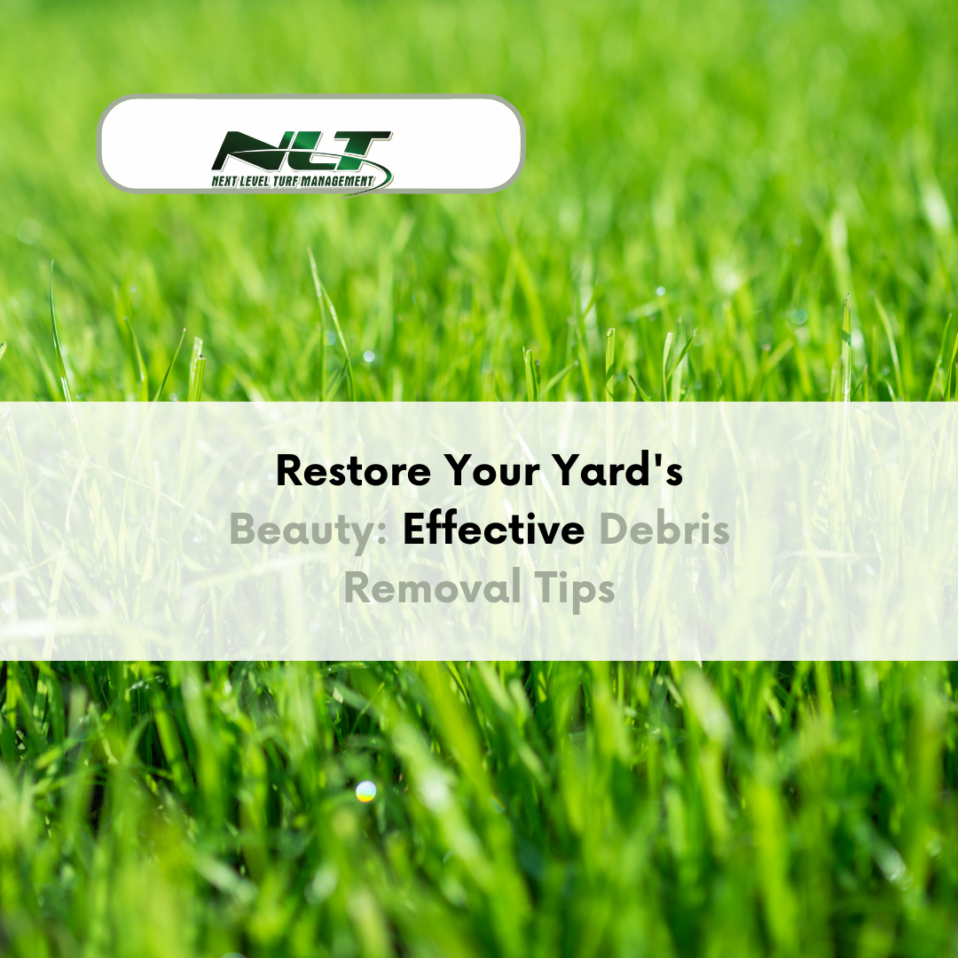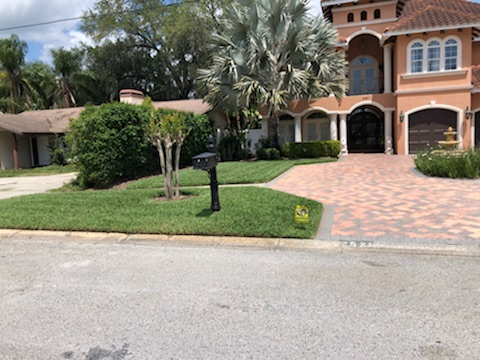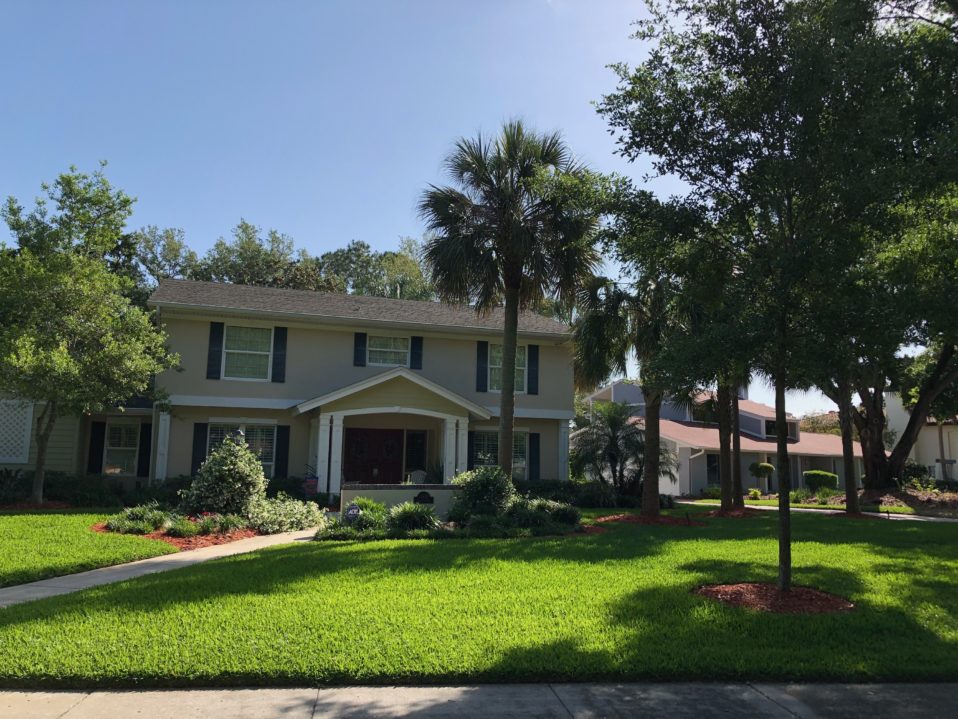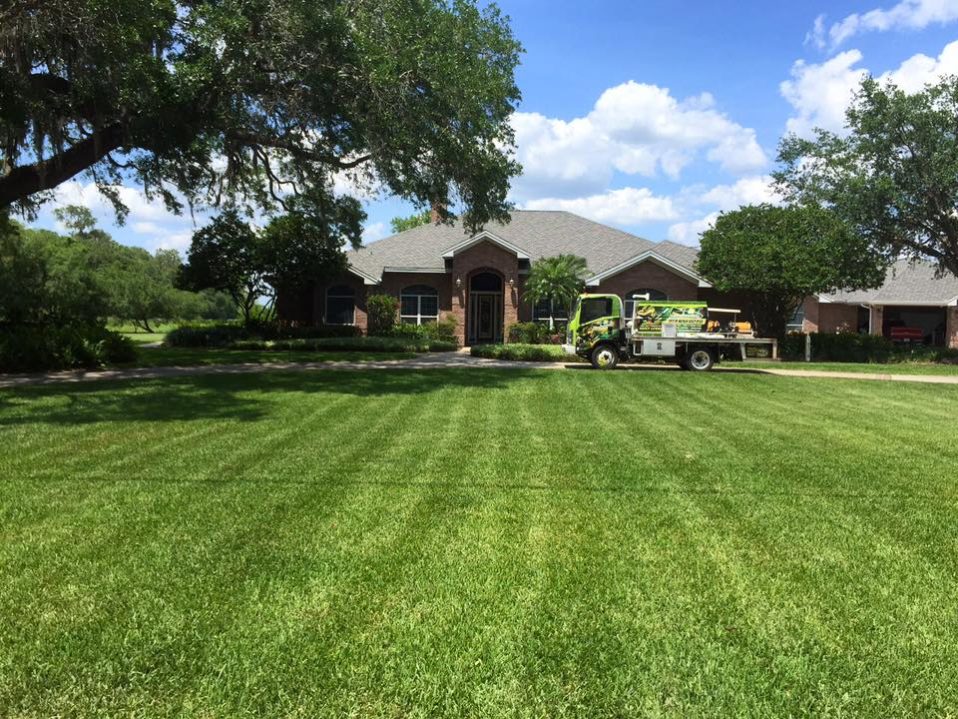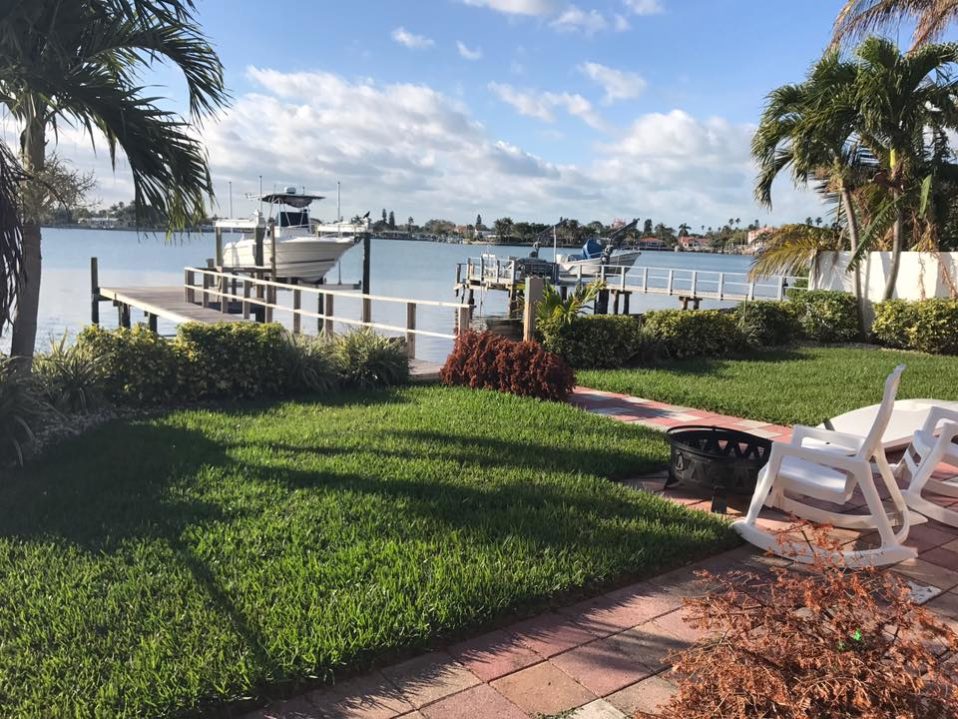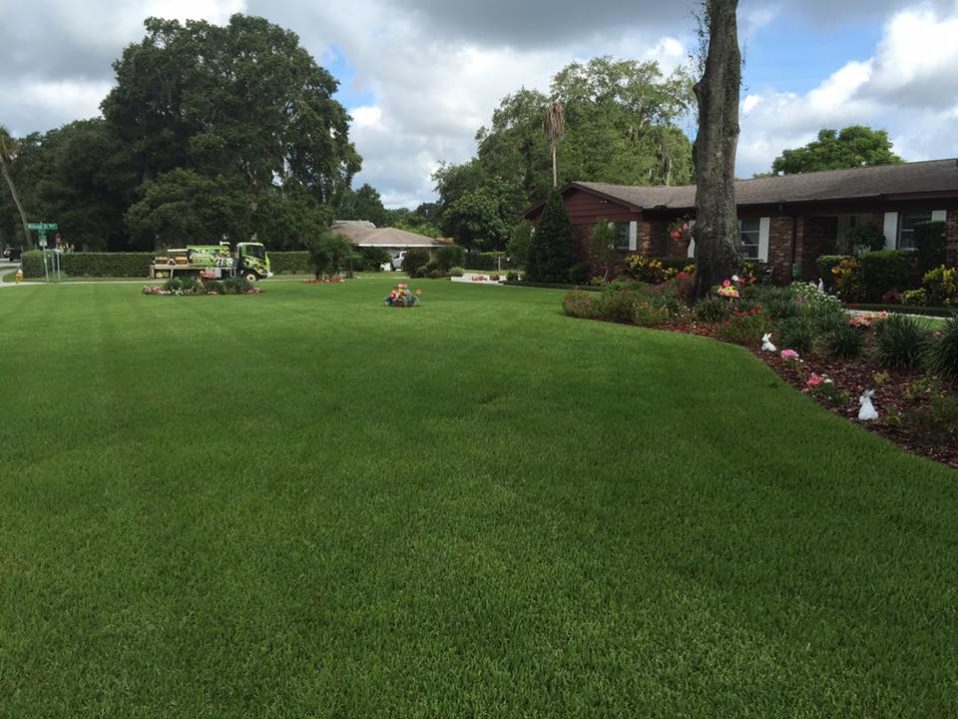Welcome to Next Level Turf
Custom Landscaping, Irrigation Services, Fertilization, Insect / Weed Control
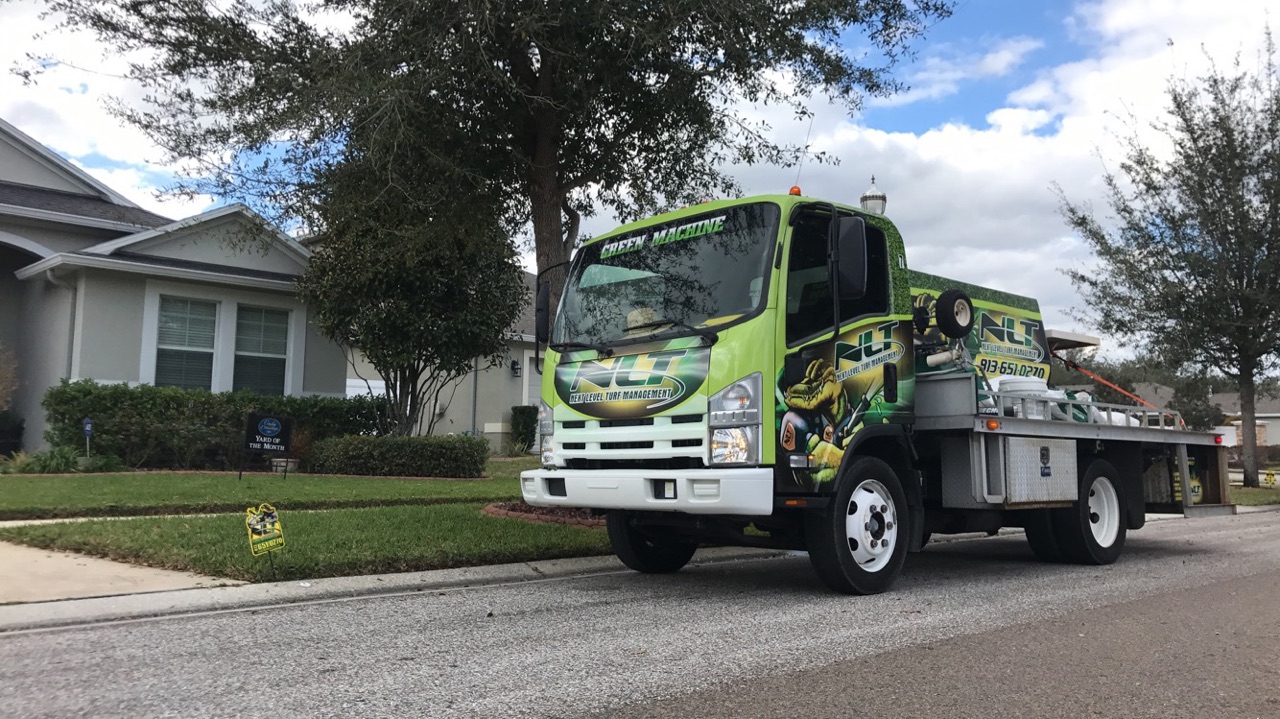
At Next Level Turf Management we have built a service-oriented business with great pride and attitude. We will provide your investment with the most detailed care it deserves. We set ourselves apart from the rest by displaying the willingness to help you with your needs. We practice quality communication skills, which ensures you that you always know what to expect. Your concerns are always our priority.
Read more about usWork Culture
Welcome
We at Next Level are building a service with great pride and attitude. We will provide your investment with the most detailed care it deserves. We set ourselves apart from the rest by displaying the willingness to help you with your needs. We practice quality communication skills, which ensures you that you always know what to expect. Your concerns are always our priority.
Our History
Central Florida's Premier Turf Management Company
Next Level Turf Management is recognized as Central Florida’s premier turf management companies, providing a host of services including; Fertilization and Weed Control, Sprinklers and Irrigation Systems, Custom Landscaping, Sod Installation and Replacement, Clean Ups, Concrete Patios, Walkways, Driveways, Pavers and Decorative Curbing.
Why you should choose us
Family Owned
As a family-owned business, we are fully involved in the day to day operations. This allows us to provide top notch, personalized customer service. Our clients become part of the Next Level Turf family.
Quality
We take pride in what we do! Our team strives to go above and beyond to not just meet, but exceed your expectations.
Competitive Pricing
Our pricing is affordable and competitive. We'll never be the "cheapest" around because we don't to cut corners and deliver sub-par products and service. You deserve quality products with top-notch service.
Proven Track Record
We have a proven track record in projects of all sizes and employ qualified professionals in all areas of turf and landscaping maintenance and construction, from horticulture to paving and irrigation.
Services we offer
-
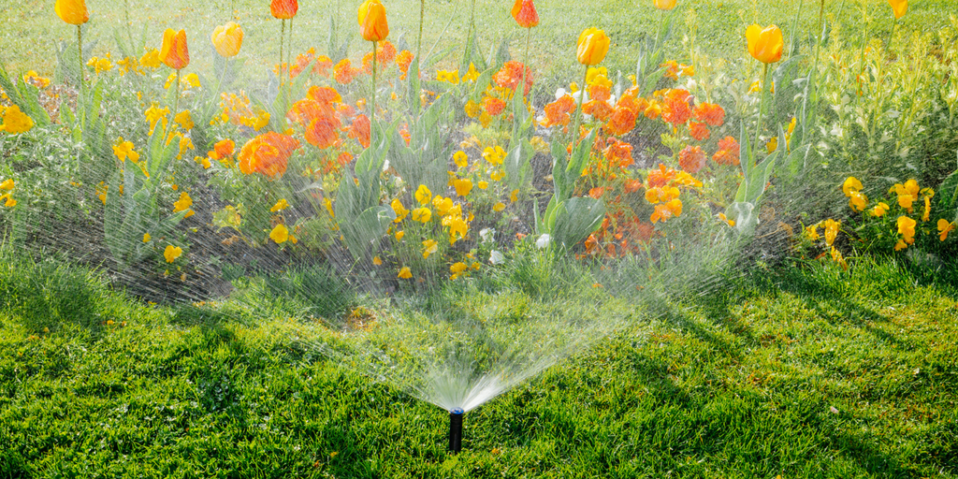
Irrigation Services
Next Level Prides itself in providing our customers with any and all information & Services needed to provide you with a green healthy lawn. With
Read more -
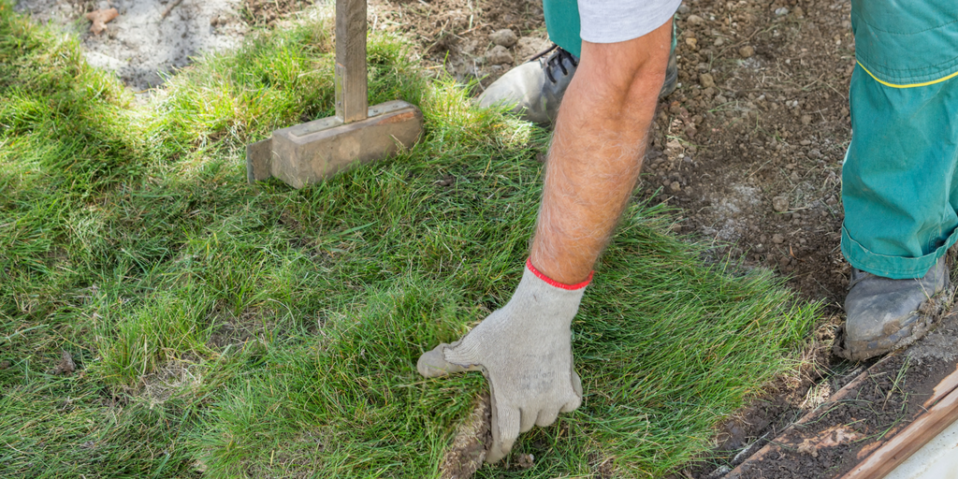
Sod Replacement / Installation
It takes about 2 years to establish a healthy lush lawn with seed and fertilizer. Sod on the other hand, provides an instant lush green
Read more -
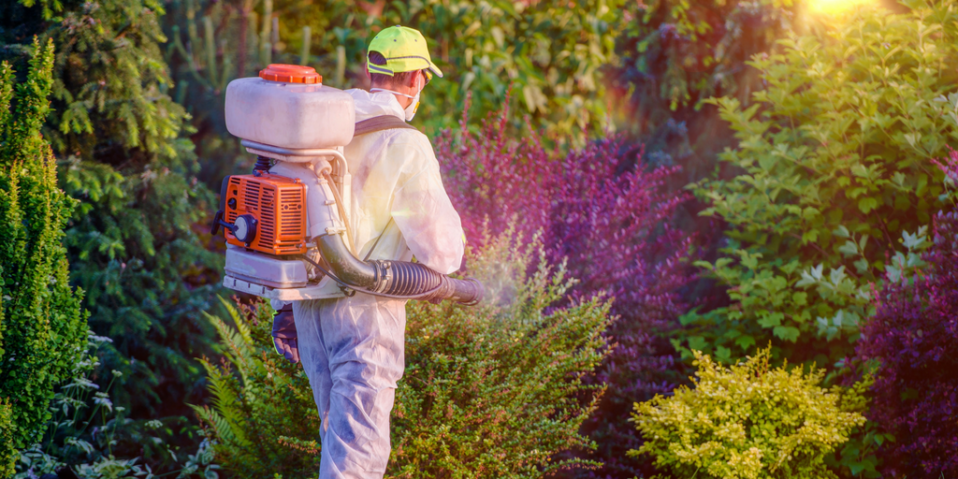
Fertilization / Weed / Insect Control
Next Level Turf Management has developed a customized program. This includes all the proper nutrients needed to attain that quality color your lawn & shrubs
Read more -
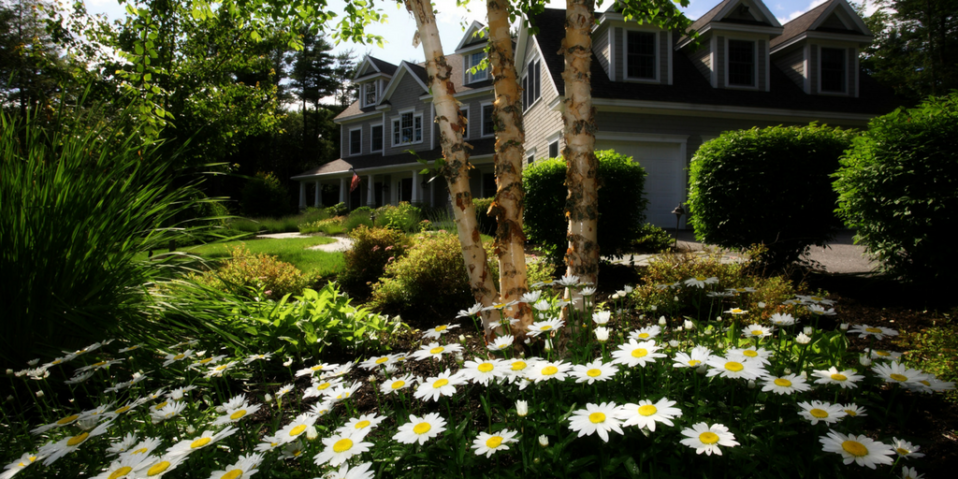
Custom Landscape Design & Installation
Shade Tolerant Shrubs and FlowersThese are plants that thrive in partial to complete shade. Some of these also do well in full sun, but many
Read more
We are your one stop location for all of
your outdoor needs,for both residential
and commercial properties.
-
Optimizing Your Irrigation System Amid Summer Storms
Summer storms can provide much-needed rain, but they can also wreak havoc on your irrigation system. With the unpredictable weather patterns in Central Florida, it’s crucial to ensure your irrigation system operates efficiently. Too much water can be just as harmful to your lawn as too little. Understanding how to adjust your irrigation settings, clean sprinkler heads, and install useful tools can help you maintain a healthy lawn. Efficient irrigation not only conserves water but also saves you money on your utility bills. Proper maintenance and adjustments can prevent overwatering, which can lead to root rot and other lawn issues. With that in mind, we’ll cover essential tips and techniques to optimize your irrigation system during summer storms. From installing rain sensors to adjusting watering schedules, these steps will help you manage your lawn more effectively. By taking proactive measures, you can enjoy a lush, green lawn without the stress of weather-related damage. Understanding the Impact of Summer Storms on Irrigation Systems Summer storms can bring heavy rainfall, strong winds, and sometimes even lightning. All these factors can affect the way your irrigation system operates. Too much rain can lead to overwatering, which harms your lawn. Wind can misdirect sprinkler patterns, wasting water and missing key areas that need hydration. Storms can also cause debris to clog sprinkler heads and damage electronic components like timers and controllers. These issues can lead to inefficient watering and increased water bills. Knowing the potential impacts of summer storms helps you take steps to protect your irrigation system and keep it running smoothly. By understanding the effects of storms, you can better prepare your lawn and irrigation system to handle the weather. Regular maintenance and smart adjustments can save water, reduce costs, and keep your lawn healthy. Benefits of an Efficient Irrigation System An efficient irrigation system provides numerous benefits. First, it ensures your lawn gets the right amount of water, promoting healthy growth and reducing the risk of diseases. A well-maintained system also conserves water by minimizing waste, which is environmentally friendly and can lower your water bill. Efficient systems can also save you time. With features like timers and rain sensors, you don’t have to worry about manually adjusting your irrigation settings. These systems adapt to weather conditions automatically, ensuring your lawn gets the care it needs, regardless of the weather. Finally, an efficient irrigation system adds value to your property. A lush, green lawn enhances curb appeal and creates a welcoming environment. By investing in a quality irrigation setup, you improve the overall look and health of your outdoor space. Assessing Your Current Irrigation Setup Before making any improvements, it’s essential to assess your current irrigation setup. Start by checking the condition of your equipment. Look for any signs of wear and tear, such as cracked pipes, broken sprinkler heads, or leaks. Identifying these issues early allows you to fix them before they cause significant damage. Next, evaluate your watering schedule. Make sure your system is set to water your lawn at the optimal times. Early morning is usually best, as it reduces evaporation and allows the grass to dry before […]
Read more -
Combating Summer Lawn Grubs: Effective Insect Control
Lawn grubs can become a major headache during the summer months. These small, white larvae live in the soil and feast on the roots of grass, causing patches of dead or dying turf. It’s important to understand how to identify and control these pests to keep your lawn healthy and green. Identifying lawn grubs early can save your yard from serious damage. You might notice birds pecking at your grass or raccoons digging up your lawn. These are often signs that grubs are present. By knowing what to look for and taking action quickly, you can prevent widespread damage. Let’s explore effective methods for controlling lawn grubs in Central Florida. You’ll learn about their life cycle, natural predators, and the best times to use chemical treatments. We’ll also provide helpful tips for monitoring your lawn and restoring it after an infestation. With the right knowledge and tools, you can keep your lawn looking its best all summer long. Understanding Lawn Grubs: What Are They? Lawn grubs are the larvae of beetles, such as Japanese beetles, June bugs, and chafer beetles. These small, C-shaped insects are usually white or gray with darker tips. They live just below the surface of your grass, feeding on the roots. This feeding activity weakens the turf, making it more prone to damage. Grubs are most active in the late summer, when they are fully grown and feeding heavily. If left unchecked, they can create large dead patches in your lawn. Recognizing and controlling grubs early can prevent significant damage and maintain the health of your turf. Grubs thrive in moist, well-fertilized lawns. Their damage is most noticeable during drought periods when your grass is already stressed. By understanding what lawn grubs are and how they operate, you can take effective measures to control them and keep your lawn lush and green. Identifying Signs Of Grub Infestation Spotting a grub infestation early is crucial to managing it effectively. Here are some common signs to look for: 1. Brown or Dead Patches: Irregular patches of brown, dead grass are often a sign of grub activity below the surface. 2. Spongy Turf: Healthy grass should feel firm when you walk on it. If you notice spongy areas, this could indicate grub activity. 3. Increased Animal Activity: Animals like birds, raccoons, and skunks dig into the grass to feed on grubs. They can leave noticeable holes in your yard. 4. Easy-To-Pull Grass: If your grass pulls up easily when you tug on it, revealing C-shaped grubs underneath, you have an infestation. 5. Visible Grubs: Digging up a small section of your lawn can reveal the presence of grubs if they are indeed the cause of your lawn problems. If you notice any of these signs, it’s time to take action and address the grub problem before it becomes a more significant issue. Common Types Of Lawn Grubs Found In Central Florida Central Florida is home to several types of lawn grubs. Understanding which ones are in your area can help you identify and control them more effectively. 1. Japanese Beetle Grubs: These are the larvae of the Japanese beetle, […]
Read more -
Restore Your Yard’s Beauty: Effective Debris Removal Tips
Summer is a wonderful time to enjoy your lawn, but it’s also when debris can accumulate, making your outdoor space look untidy. Leaves, branches, and other debris can hinder your lawn’s beauty and health. Properly managing this debris is crucial to maintaining a vibrant, welcoming yard. Tackling stubborn debris requires a combination of the right tools, techniques, and a bit of persistence. Central Florida, with its unique climate and frequent storms, often leaves homeowners dealing with more than their fair share of lawn debris. From fallen leaves to broken branches, it’s essential to keep your lawn clear to prevent damage and ensure it looks its best throughout the season. Additionally, accumulated debris can create ideal conditions for pests and diseases, further stressing your lawn. Our aim is to provide you with effective summer clean-up solutions that can help you manage and eliminate stubborn debris. By following expert advice from Central Florida’s premier turf management company, you can keep your lawn in top shape all summer long. We will cover essential clean-up tips, the best tools to use, and how to dispose of debris properly. With these practical solutions, you’ll be better equipped to handle any debris the season throws your way. Let’s dive into how to tackle stubborn debris and maintain a pristine, healthy lawn throughout the summer months! Identifying Common Summer Debris Summer brings a lot of debris to your yard. Identifying the types of debris can help you choose the best clean-up methods. Fallen Leaves: Even in summer, some trees shed leaves. Fallen leaves can quickly cover your lawn, blocking sunlight and air from reaching the grass. Regularly raking or blowing leaves helps keep your lawn healthy. Branches and Twigs: Storms and wind can scatter branches and twigs across your yard. Larger branches need to be removed promptly to prevent damage to your grass and garden. Smaller twigs can also cause problems, so it’s best to collect them regularly. Weeds: Weeds grow fast in warm weather. They compete with your grass for sunlight, water, and nutrients. Regularly pulling weeds or using safe weed control products keeps them in check and prevents them from overtaking your lawn. Essential Tools for Effective Debris Removal Having the right tools makes summer clean-up faster and easier. Here are some must-have items for debris removal:. Rakes: A sturdy rake is essential for gathering leaves and small debris. Choose one with flexible tines to prevent damaging your grass. Leaf Blowers: Leaf blowers are useful for moving large amounts of leaves quickly. They come in various sizes and styles, so select one that fits your yard’s needs and your comfort level. Wheelbarrows: A wheelbarrow helps transport large piles of leaves, branches, and other debris to your disposal area. This tool saves time and effort, especially if you have a big yard. Gloves: Protect your hands from sharp twigs and rough branches by wearing good-quality gloves. They also keep your hands clean and help you grip tools better. Pruners: Pruners are useful for cutting back small branches and trimming shrubs. Keeping your plants trimmed reduces the amount of debris that falls to the ground. Techniques for […]
Read more -
Achieve a Perfect Lawn: Signs You Need to Replace Your Grass
A lush, green lawn is a vital part of any beautiful home, providing a welcoming space for relaxation and outdoor activities. In Central Florida, maintaining a healthy lawn can be a challenge due to the region’s unique climate and soil conditions. Over time, various factors such as pests, diseases, and harsh weather can take a toll on your grass, leaving it looking worn out and unhealthy. When this happens, it might be time to consider laying new sod. As Central Florida’s premier turf management company, Next Level Turf understands the importance of recognizing when your lawn needs a fresh start. Let’s explore the critical signs that indicate your lawn requires new sod. We’ll provide expert evaluation tips to help you assess the condition of your grass accurately. From persistent bare patches to unusual discoloration, we’ll cover all the essential aspects you need to consider before making this important decision. Replacing sod isn’t just about aesthetics; it’s also crucial for the overall health and sustainability of your lawn. By paying attention to these signs, you can ensure your outdoor space remains vibrant and robust. Whether you’re a seasoned gardener or a new homeowner, understanding when to replace sod will save you time, money, and effort in the long run. So, let’s dive into the essential indicators that your lawn may need new sod and how you can address these issues effectively. Persistent Bare Patches One of the most obvious signs that your lawn may need new sod is the presence of persistent bare patches. Bare spots in your grass can occur for various reasons, including heavy foot traffic, pest infestations, and soil compaction. While small bare patches can sometimes be resolved with proper lawn care practices, larger or recurring patches signal more serious problems. Heavy Foot Traffic: Areas with high foot traffic, like pathways or play areas, often develop bare spots as the grass gets worn down. Grass recovery in these areas can be challenging and may require new sod to restore full coverage. Pest Infestations: Pests like grubs and sod webworms feed on grass roots, causing sections of your lawn to die and create bare patches. If you notice birds pecking at your lawn or if the affected areas can be easily lifted, you might have a pest problem that new sod can help correct. Soil Compaction: Compacted soil restricts root growth and water absorption, leading to bare spots. Aerating the soil may help in minor cases, but if the problem persists, laying new sod is often the best solution. Unusual Discoloration Another key indicator that your lawn may need new sod is unusual discoloration that does not improve with standard care practices. Discoloration can be caused by poor soil quality, diseases, or heat stress, and understanding what’s affecting your lawn is crucial. Poor Soil Quality: Soil that lacks essential nutrients will support weak and discolored grass. Conducting a soil test can reveal deficiencies, and while fertilizers might offer temporary relief, new sod will ensure long-term health and uniform color. Grass Diseases: Various diseases can cause discoloration, including fungal infections like brown patch and dollar spot. Diseased grass often has […]
Read more
